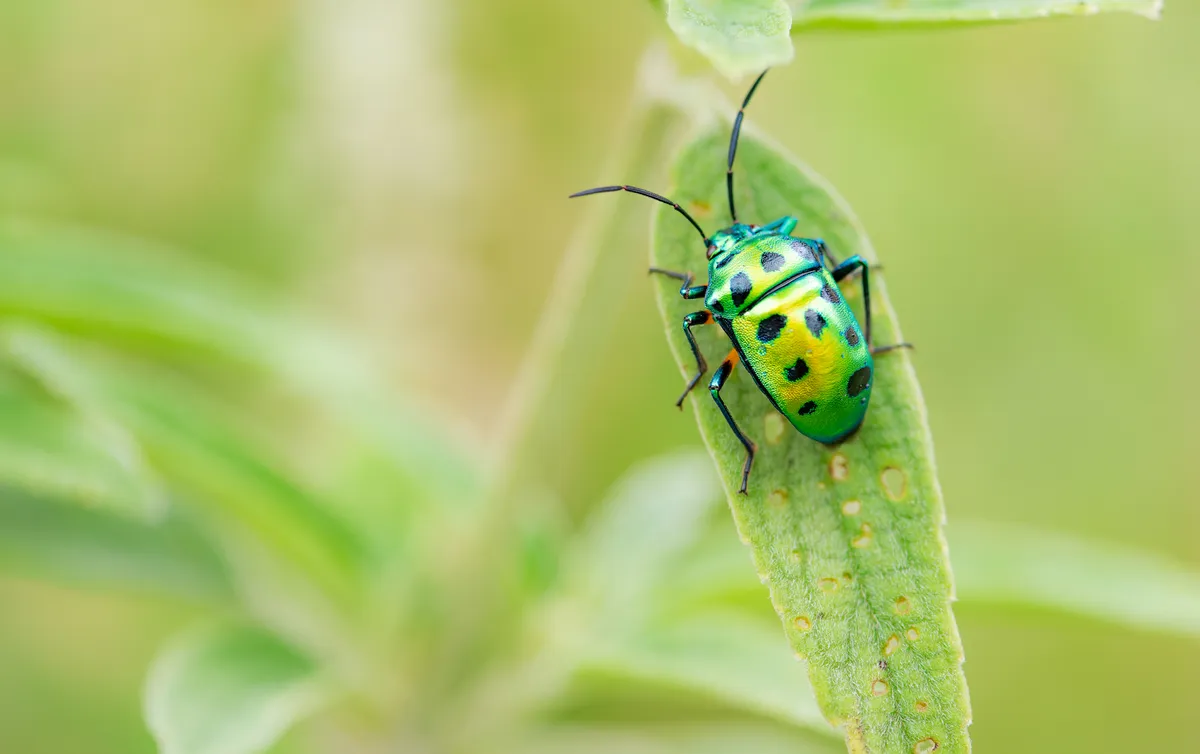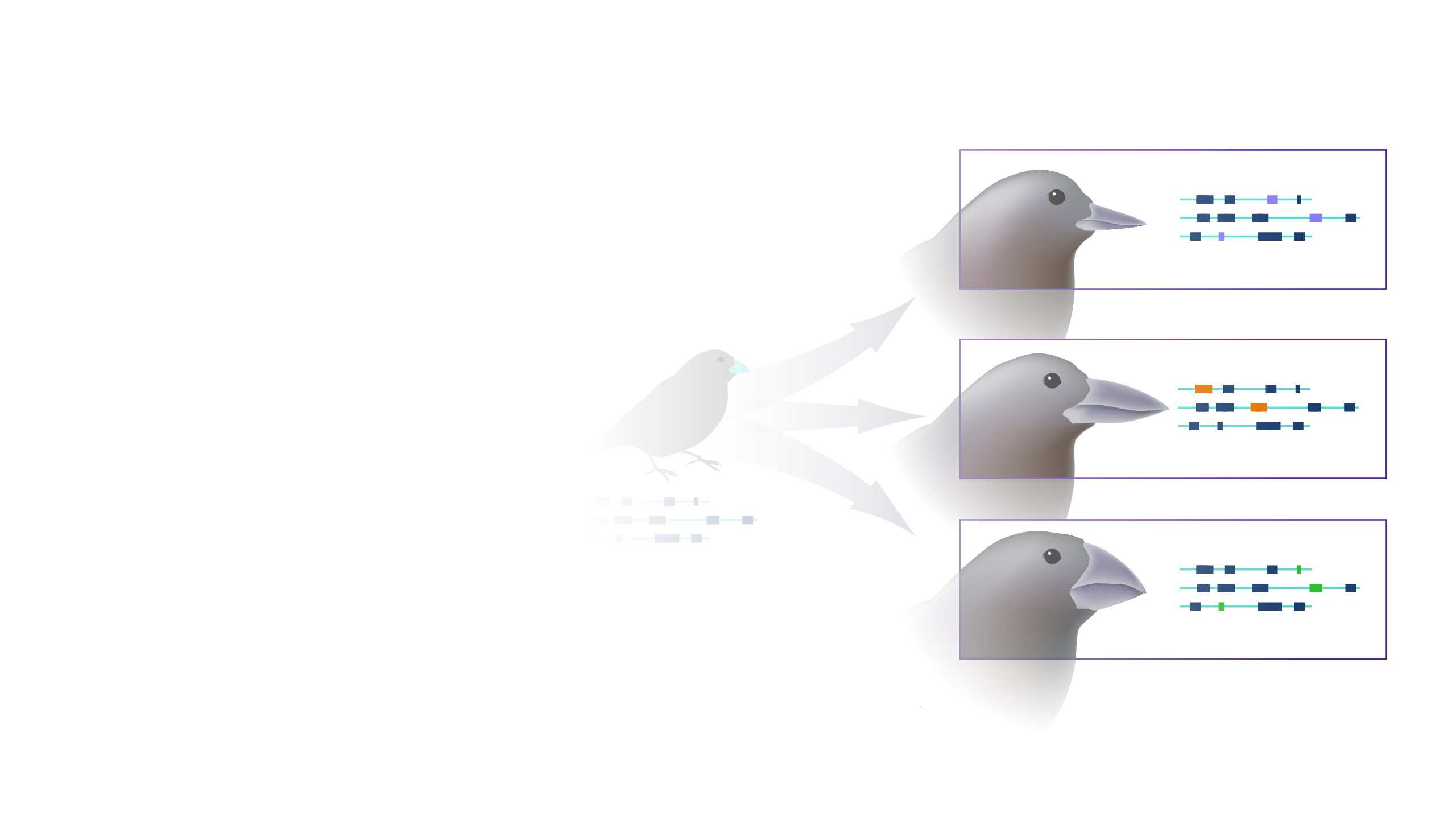Welcome to Biology for Kids!
Explore the wonders of plants, animals, and the human body in a fun and engaging way.
📚 What is Biology?
Biology is the scientific study of living organisms and their origins. It explores the structure, function, growth, origin, evolution, and distribution of all living things. If you’ve ever wondered about how life is functional at all levels, then biology is definitely the subject for you!

🔬 The Building Blocks of Life!
Have you ever wondered what makes up all living things? The answer is quite simple: Cells! Cells are the building blocks which make up all living things whether it be a single-celled bacterium or a multicellular human. These amazing units of life perform all basic functions that make you capable of being here today. Some examples of these functions include gathering fuel, creating energy, growing, reproducing, and so much more!

🌱 Plants
What are plants? What makes them a living organism? How do they interact with their environment? If any of these questions have ever troubled you, the answers to all of them are generally not complicated. Plants are living things composed of a unique type of cells from animal. They make their own food using sunlight, water, and air. The process in which they do this is called photosynthesis, and that is what makes plants autotrophs. Plants require sunlight, water, and soil in order to grow. They are generally immobile and composed of stems, roots, leaves, and in some cases flowers.

🐾 Animals
Animals must eat other plants or animals in order to gain energy, which is what makes them heterotrophs. They are able to moving around in ways that plants are not. Finally, they are capable of being found in an outstanding variety of environments! This may include both terrestrial (land-based) and aquatic (water based) environments.

🌿 Plants vs 🦁 Animals
So now that we’ve defined plants and animals, what exactly makes them so different? The answer lies in their ability to obtain nutrients, move around, and their cellular structure. We previously covered how plants and animals obtain their nutrients as well as their abilities regarding movement. Now we must identify the differences in their cellular structure. Plants contain cell walls for structural support in addition to chloroplasts (the home of photosynthesis). Also, they have a large central vacuole for storage and regulatory purposes. Animal cells lack this cell wall and have organelles like lysosomes for waste disposal. The difference between plants and animals extend beyond this, but these are some general factors which make them easy to differentiate.
:max_bytes(150000):strip_icc():format(webp)/animal-cells-vs-plant-cells-373375_final-5b462d7fc9e77c00375014f1.png)
🌎 Ecosystems & Energy Exchange
What is an ecosystem? A simple definition of this term is all the living and non living things in an area and how they interact. An example of an ecosystem might be a lake, forest, or even your backyard! Energy is passed and exchanged throughout these ecosystems from one organism to another. This might be seen through the food chain. A food chain is a simple way to illustrate how nutrients moves through organisms by showing what eats what. For example, a plant may be eaten by an insect, which is then eaten by a bird. This is a simple energy exchange!

🧬 Genetics
If you’ve ever wondered what determines how you look, the answer is simply genetics. Traits like your hair and eye color, height, and so much more are determined by patterns of genetic inheritance induced by your parents. Genes are like the instructions that tell your body how to grow and develop, and your parents determine the DNA that make up these genes.

🐵 Evolution
Have you ever heard of the Flintstones? Well they are an example of Neanderthals, who share a common ancestor with modern humans! These common ancestors and changes that led to humans are the result of many changes across generations. A concept called evolution describes it. Evolution is a concept in which things gradually change over time. These changes are passed from generation to generation which has brought you here today! It relies on the process of natural selection, which states that organisms with traits suited best to their environment tend to survive and reproduce as opposed to those who have less favorable traits.
